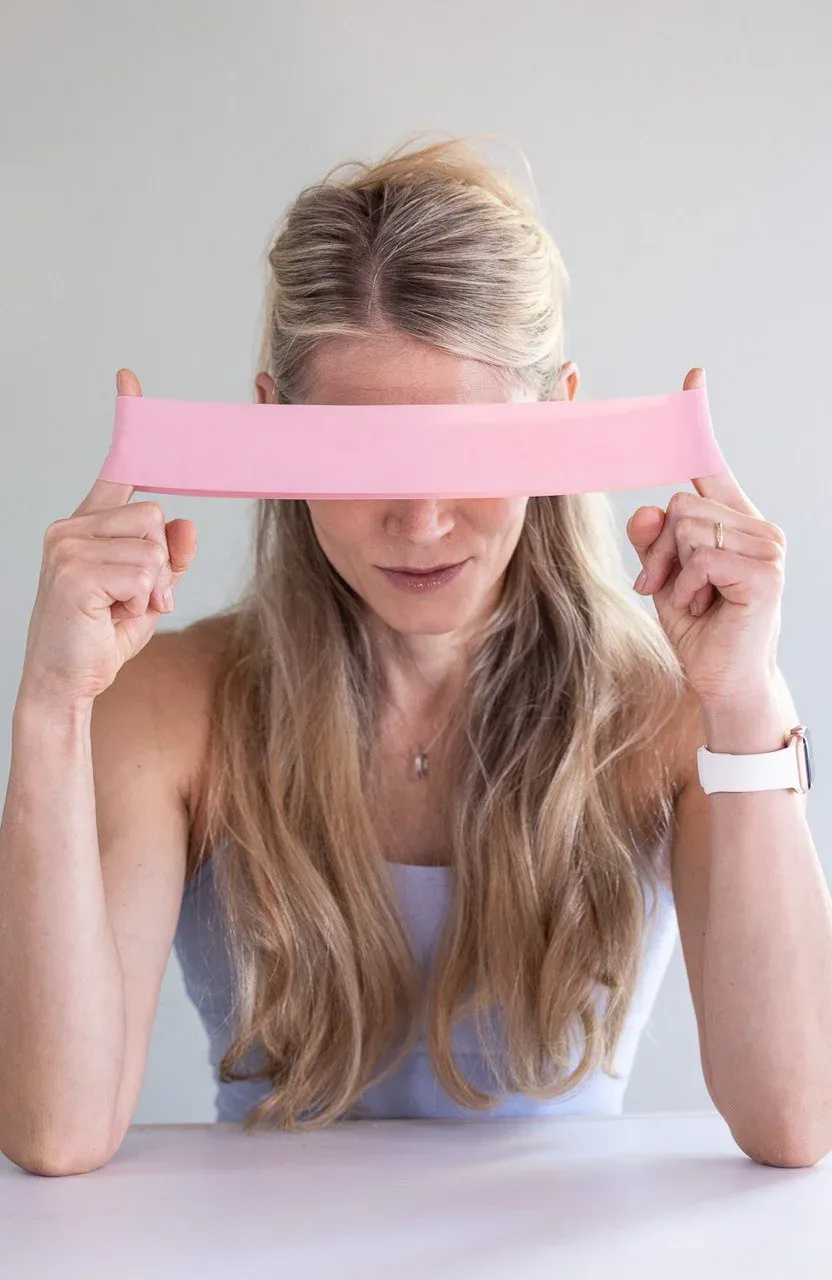
— First Steps in the Gym
— Training in the Gym
— Building a Workout Routine for Beginners
— Where to Start Your Fitness Journey in the Gym
You've decided to start your fitness journey. Hooray! You bought a membership, got yourself some stylish workout clothes, walked into the gym and… panicked! The place is packed with strange machines, dumbbells, mats (not the kind of “mats” you’re thinking of). People are running, jumping, pushing, pulling. Where should you go?! Where do you begin?! Your first instinct might be—to go home. But don’t rush!
All these people who are now confidently working out on unfamiliar machines were once beginners too. They also came into the gym not knowing where to start or how to begin their gym workouts.
Let’s break it all down together.
About Me
I’m a professional fitness coach, an Honored Master of Sports in Bodybuilding, a 2-time Absolute World Champion and Arnold Classic winner in Fitness. I’ll help you break down the fitness basics so you know exactly which direction to take your first steps—not just toward building muscle, but toward a beautifully sculpted and healthy body.
I’ll help you create a plan for your first gym workouts. In this plan, you’ll find:
- How to start training
- What exercises to choose as a beginner
- Which machines to prioritize
In this blog, I’ll also teach you:
- What muscle groups your body is divided into
- Which training methods are recommended
- And how to stay MOTIVATED! This is one of the most important—and most difficult—keys to success in reaching your goals.
Already working out at home but feel it's time to level up? Attracted to the gym but also a little intimidated? That’s where a fitness coach can help. Train and listen to those you trust—trainers with education and real personal experience achieving goals.
It's weight training and resistance-based workouts that will take your fitness to the next level.
FACTORS THAT INFLUENCE THE CHOICE OF A FITNESS PROGRAM
(a little necessary theory)
Training by Major Muscle Groups:
- Legs
- Glutes
- Abs
- Back
- Chest
- Shoulders
- Arms
Each muscle group consists of several individual muscles that should be trained both in isolation (separately) and in compound movements (together).
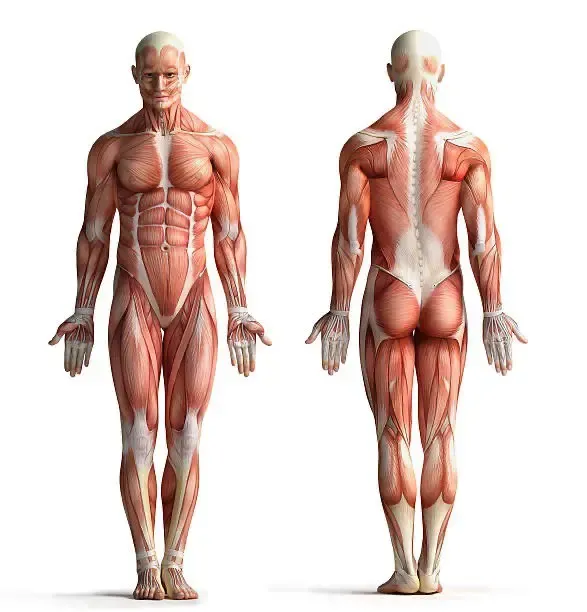
Workouts by Muscle Groups Can Be Split into Separate Days
You can:
- Combine synergist muscles — for example: Back and Biceps
- Combine antagonist muscles — for example: Chest and Back
- Do a full-body workout, including all muscle groups
For beginners, I recommend starting with full-body workouts.
Types of Exercises
All exercises can be divided into two categories:
- Isolation exercises
- Compound (multi-joint) exercises
Isolation exercises are those that target one specific muscle group. Examples of isolation exercises include:
- Bicep curls
- Leg kickbacks
- Knee extensions
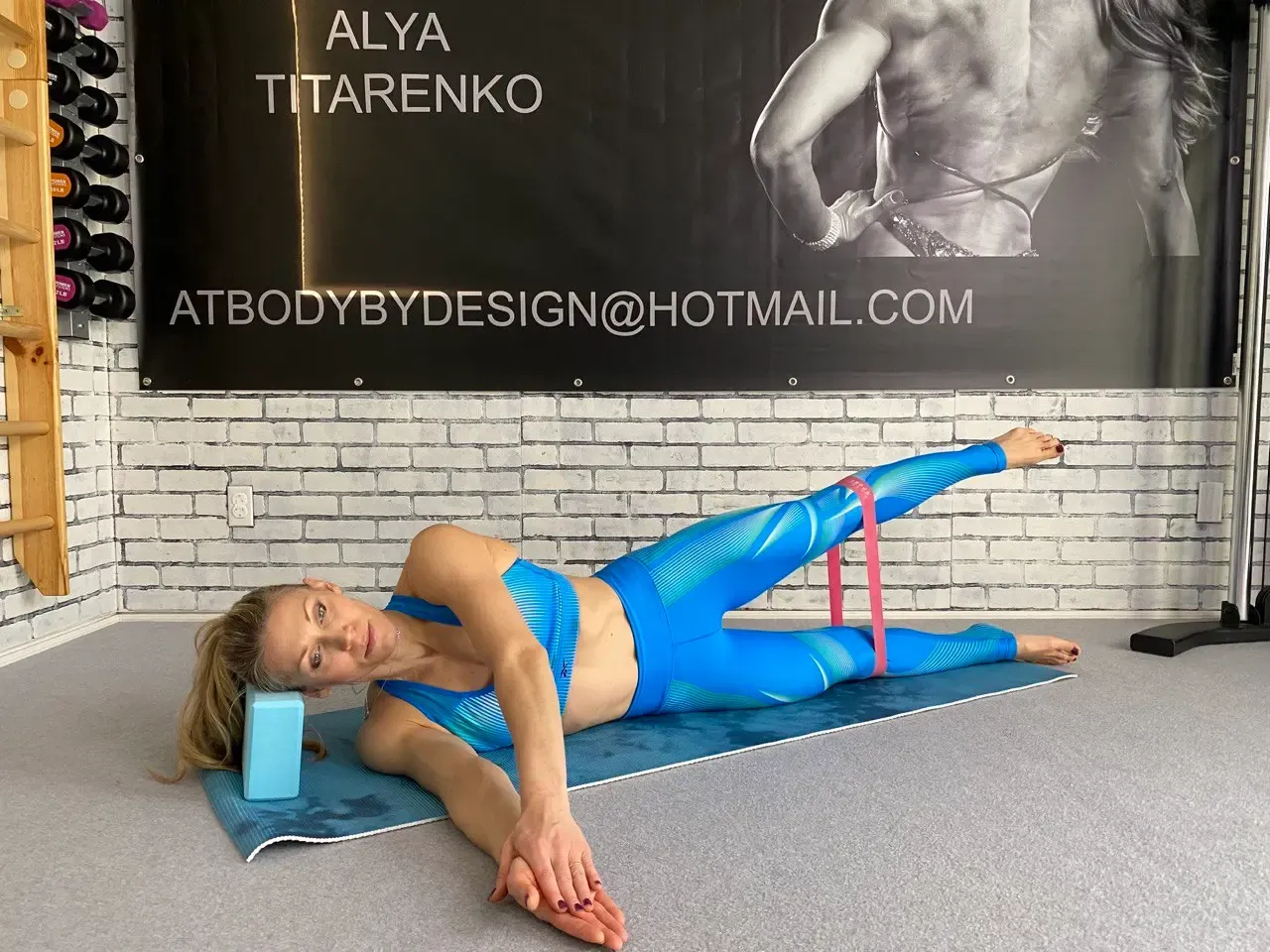
These exercises are absolutely essential for those who are just starting their training—in other words, beginners. Isolation exercises teach you how to activate muscles you may not even know you had.
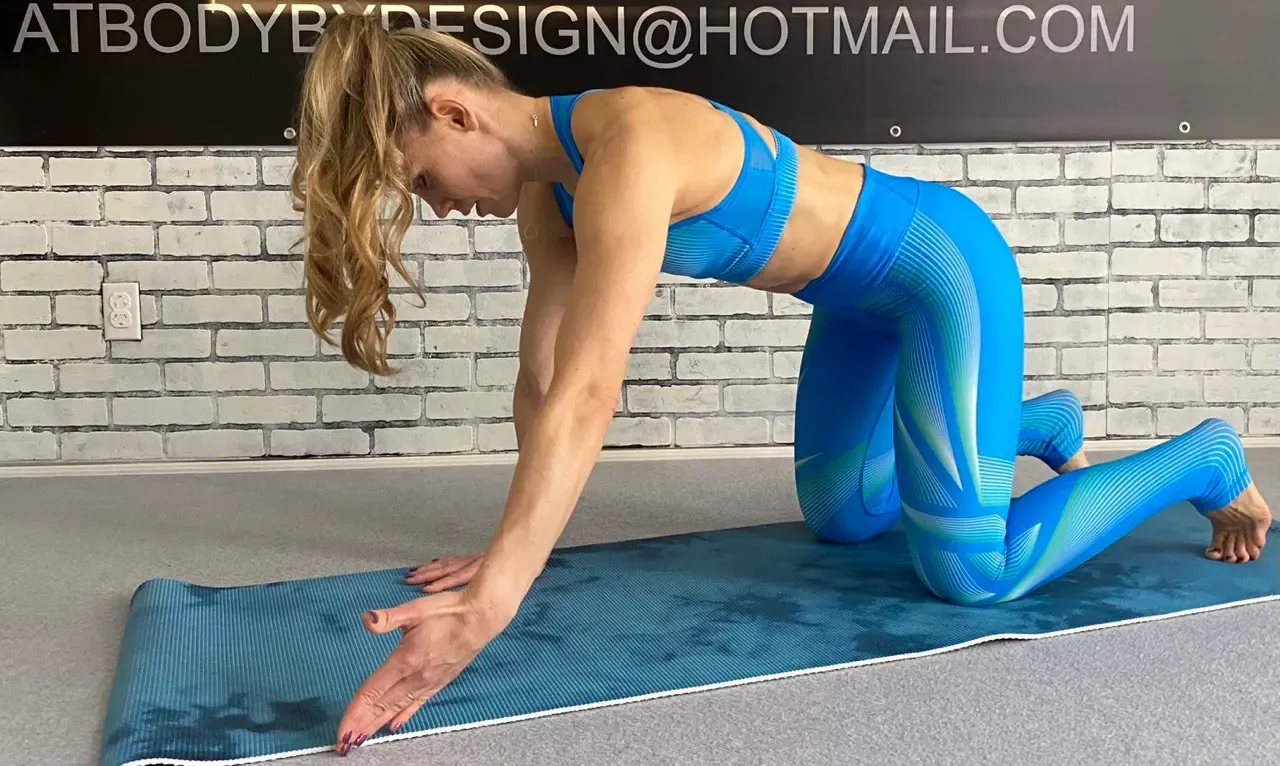
Isolation exercises are also essential for those in a rehabilitation period after surgery or recovering from injuries. But that’s a topic for another time.
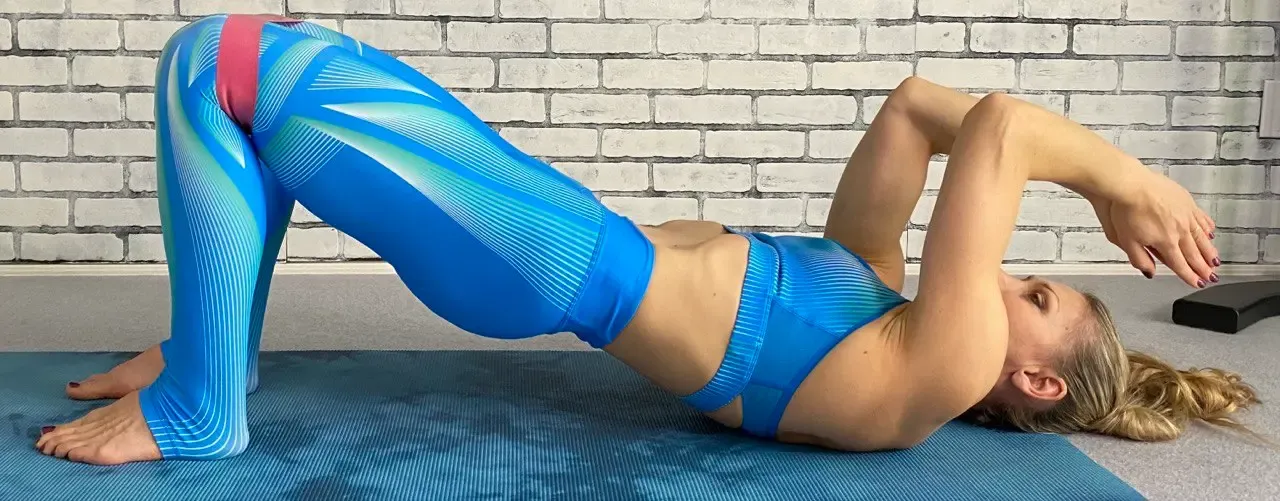
Compound (multi-joint) exercises include movements such as:
- Squats
- Various types of rows
- Lifts and presses
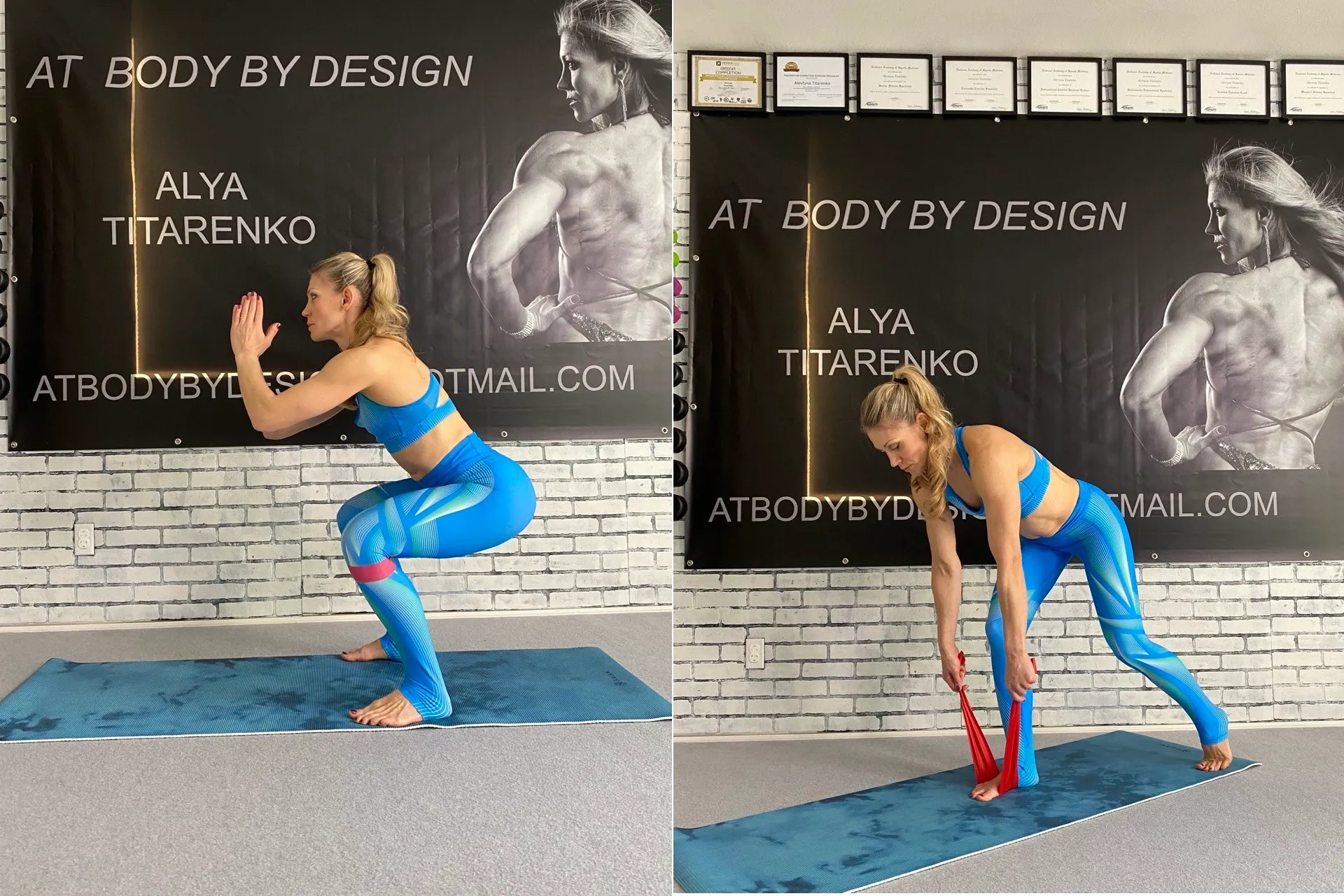
These exercises engage several muscle groups and joints at the same time. Very often, these are considered functional exercises, because they reflect movements we use in everyday life. Take the squat, for example—just think about how many times a day you squat down, sit, and stand up from various depths and surfaces.
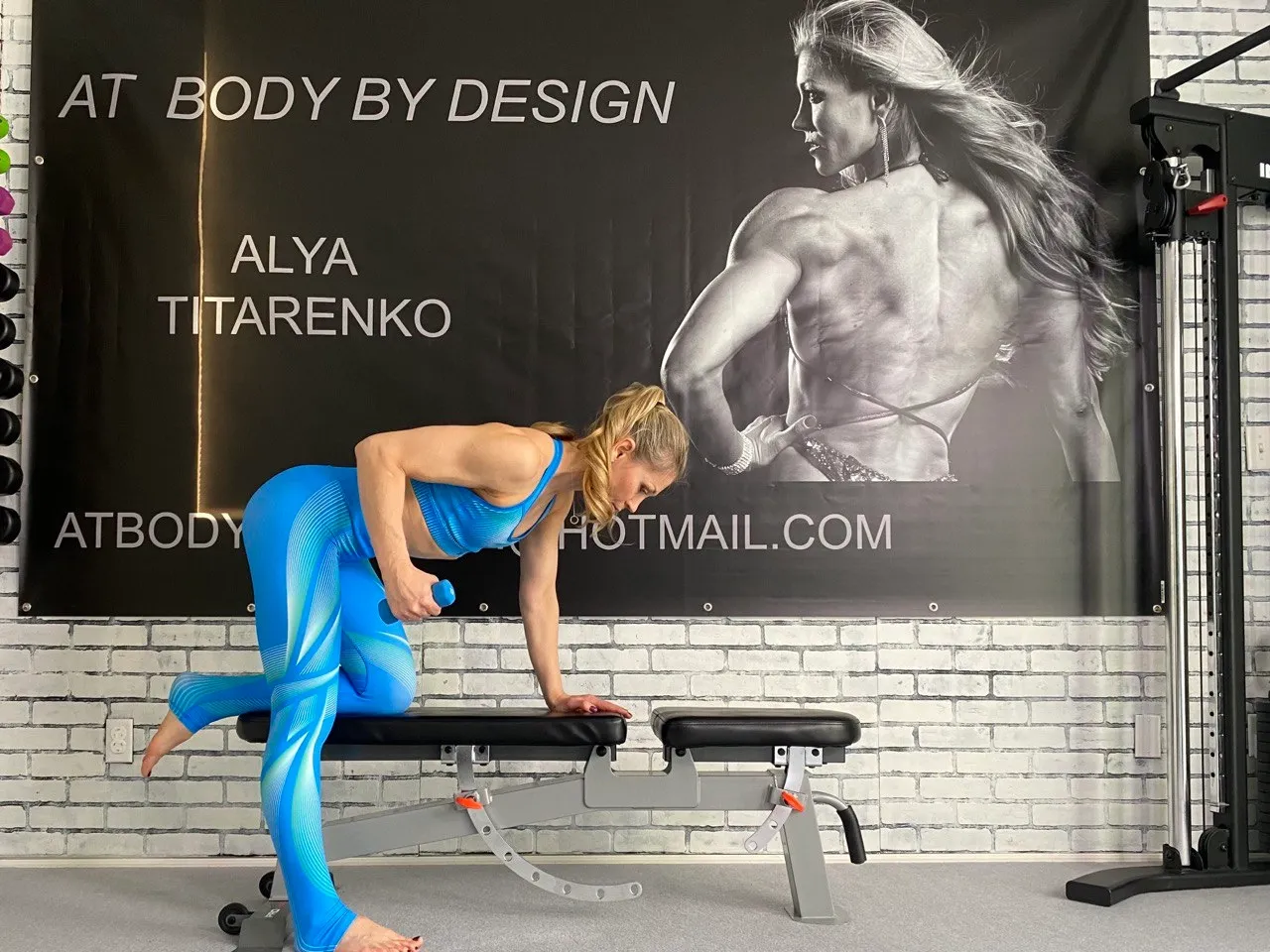
That’s exactly why beginners need to learn how to perform these exercises correctly.
Because they are foundational. If you're unsure how to properly perform a specific exercise, be sure to consult a fitness coach.
A professional approach at the very beginning of your fitness journey will set you up for success—no matter what your goals are.
TRAINING METHODS
Full-Body Workout
This method is usually recommended for gym beginners, 1–2 times a week. This way, all major muscles are activated during the session. On such days, it's best to focus on compound exercises. These will help improve your overall tone and build muscular strength.
Cardio Training
Let’s not forget that in addition to strength training, you also need to challenge your cardiovascular system.
Start your workout with a light 5–10 minute warm-up on the cardio machine of your choice.
If time allows, you can return to the cardio machine after your strength workout for 20–30 minutes of dynamic cardio.
Alternatively, you can schedule separate cardio days. I recommend 3 cardio sessions per week, each lasting up to 30 minutes.
Here are some examples of cardio equipment you can use:
- Stationary bike
- Treadmill
- Stepper
- Elliptical trainer (cross-trainer)
Training on these and other cardio machines will help you:
- Strengthen your cardiovascular system
- Prevent blood clots
- Reduce shortness of breath
- Lose excess weight
A/B Workout Split
I recommend this type of training if you’re ready to work out 3–4 times per week. The idea is to divide muscle groups into two main categories, along with ab exercises.
For example:
- Workout A: Legs / Glutes / Shoulders + Abs
- Workout B: Back / Chest / Arms + Abs
This method is focused on improving muscular endurance, strength, and overall body composition.
SAMPLE MACHINES TO START WITH
When you first walk into a gym, you might feel overwhelmed by the number of unfamiliar machines. Don’t try to use everything at once. Take your time exploring each piece of equipment. Watch how different people use the same machine—it will help you better understand its function.
To give you a starting point, here are some beginner-friendly machines you can look for (if available). I’m not promoting any particular brand—just giving a visual reference of what you might find at your local gym.
LEGS AND GLUTES
These machines will help you begin training your legs and glutes from different angles and in various planes of motion. This is essential for balanced muscle development, body sculpting, and burning the maximum number of calories.

BACK / CHEST
When looking for machines that target these muscle groups, it’s important to remember: when you're pulling weight, you're engaging your back muscles. When you're pushing weight or bringing your arms together in front of you, you're working your chest muscles.

SHOULDERS / ARMS
When working on these muscle groups, start with light weights. Don’t rush. Injuries are easy to get and can take months to recover from. Learn how to work with the cable machine—it’s a great tool. Biceps and triceps are opposing muscle groups and are excellent to train using this equipment. When it comes to shoulders, practice training them in different planes of motion.

ABS
You don’t necessarily need machines to train your abs.
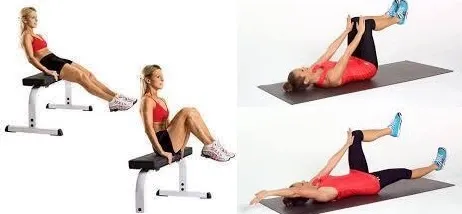
A regular yoga mat and a bench are enough to help you build strong, toned abs. But the most important elements are proper breathing and correct technique.
Key Recommendations for Gym Beginners
- If you’re unsure about your form or technique, choose machines you're familiar with rather than free weights. Machines help guide your movement along the correct path.
- Don’t rush to lift heavy weights.
- Stick to a weight you can lift confidently and with full control for 12–15 reps.
- Don’t be afraid to ask the gym instructors for help if you’re not sure how to use a particular machine.
IN CONCLUSION
You’ve decided to start your fitness journey and are motivated to hit the gym. But sometimes, it’s hard to find a gym nearby, or maybe the cost is too high. Plus, commuting takes up time. But you're already motivated—don't get discouraged or give up!
If you're looking for a deep and well-rounded approach to fitness...
If you want your physical transformation to go hand in hand with feeling great, having healthy joints, and strong tendons...
If you want to maintain flexibility and develop mobility, then you’ve found the right fitness coach!
With my home fitness training programs, you’ll be able to experience all of this.
You can become a beginner in your own home gym and learn how to get the maximum benefit from working out with minimal equipment—even at home.
If going to the gym isn’t in the cards right now, but you still want to work out at full capacity, targeting all muscle groups using basic equipment—then I recommend my Fitness of the Day program. This program closely replicates gym workouts, but in the comfort of your home.
Start your fitness journey toward building a strong, sculpted body, shedding extra weight, and tightening even the most stubborn areas. Training with me through my programs will teach you proper technique, expand your “exercise vocabulary,” and help you feel confident whether you’re working out at home or in the gym.
Just follow my guidance and listen to my advice.
Your coach, Alevtina Titarenko